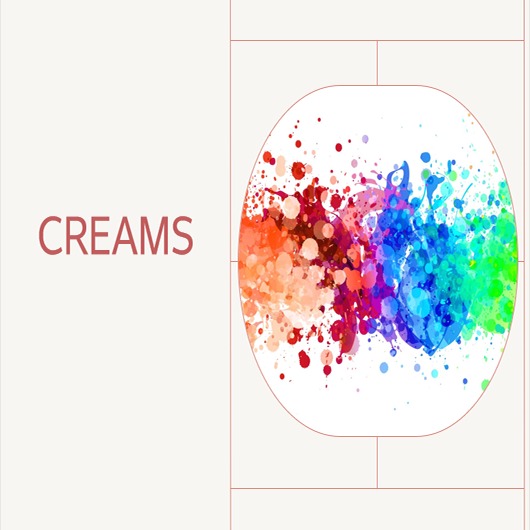티스토리 뷰
GPT-3.5 Architecture and Chart GPT: A Powerful Combination for Data Analysis and Business Insights
creams 2023. 3. 15. 09:33
About Chart GPT
Chart GPT was developed by OpenAI as a natural language processing model based on the GPT-3.5 architecture.
GPT stands for Generative Pre-training Transformer, which is one of the artificial neural network-based language models used to perform various natural language processing tasks. The GPT model is implemented using transformer architecture, which is one of the most commonly used deep learning techniques in natural language processing.
The GPT model is essentially pre-trained using a large text dataset and then used to perform various natural language processing tasks. The GPT-3.5 architecture was developed based on the GPT-3 model and uses a more refined model architecture to further improve performance.
Chart GPT is trained based on this GPT-3.5 model and is specialized in tasks related to charting and data analysis. OpenAI researchers collected sample data for various charting and data analysis tasks and trained the Chart GPT model by applying it to those tasks.
This trained Chart GPT model can generate answers to various questions related to charting and data analysis, which can help with data analysis and business decision-making.

Example for Use case
Chart GPT can be used for data visualization, analysis, business intelligence, and natural language processing tasks. Here are some examples of how Chart GPT can be used:
In addition, Chart GPT can be used in various fields and can be very helpful in performing data analysis and visualization tasks.

Strengths and Weaknesses
Strengths:
Weaknesses:
Considering these strengths and weaknesses, Chart GPT can be very helpful in performing data visualization, analysis, and natural language processing tasks, but it should be noted that it cannot completely replace the judgment and experience of experts.
Summary
ETC
There are several papers related to Chart GPT, including:
1) "ChartGPT: Chart Question Answering with a Pre-Trained Transformer" by Zeyu Wang, et al. (2021)
2) "Pretrained Transformers for Structural Diagram Analysis" by Kun Qian, et al. (2021)
3) "Efficient Graph-to-Text Generation with Graph Recurrent Attention Networks" by Hongyu Lin, et al. (2021)
4) "Multi-View Graph Convolutional Networks for Graph-to-Text Generation" by Yuxuan Lai, et al. (2021)
5) "Multi-modal Transformer for Tabular Data and Image-based Charts" by Wenqiang Lei, et al. (2021)
These papers cover various natural language processing and data analysis tasks related to the Chart GPT model.
Please take it as a reference only
'IT Story > ChartGPT' 카테고리의 다른 글
| 비전공자 주목! 단 몇 분 만에 챗GPT(ChatGPT) 프롬프트 마스터하기 (0) | 2024.03.08 |
|---|---|
| GPT 모델: 대규모 텍스트 데이터 기반의 언어 모델 (0) | 2023.03.18 |
| Chat GPT (챗GPT) 알아보기 (0) | 2023.03.03 |
- Total
- Today
- Yesterday
- EC2
- svelte 따라해보기
- docker
- 딥러닝
- python
- 개발이야기
- ubuntu
- Redis
- frontend
- AI
- ML
- Containerization
- 쉽게따라하기
- 티스토리
- 실습
- 클라우드
- typescript
- GPT
- cloudcomputing
- ChartGPT
- Docker 관리
- nestjs
- DevOps
- AWS
- MongoDB
- 따라하기
- 따라해보기
- lambda
- 한식
- svelte
| 일 | 월 | 화 | 수 | 목 | 금 | 토 |
|---|---|---|---|---|---|---|
| 1 | 2 | 3 | 4 | 5 | ||
| 6 | 7 | 8 | 9 | 10 | 11 | 12 |
| 13 | 14 | 15 | 16 | 17 | 18 | 19 |
| 20 | 21 | 22 | 23 | 24 | 25 | 26 |
| 27 | 28 | 29 | 30 |
